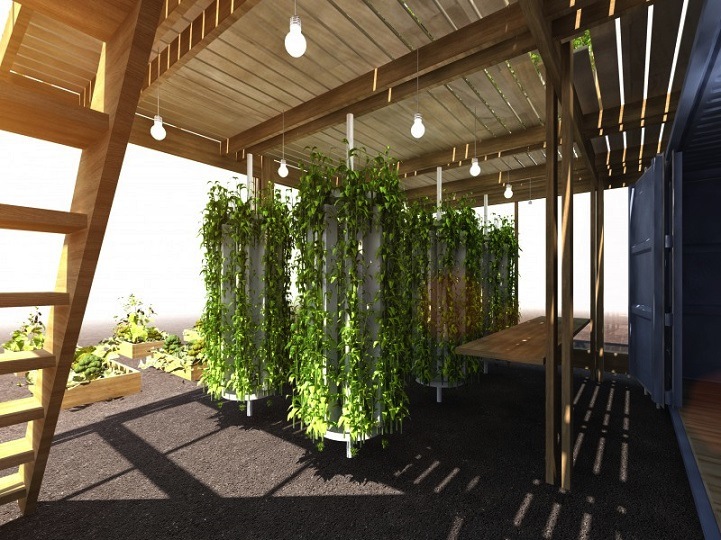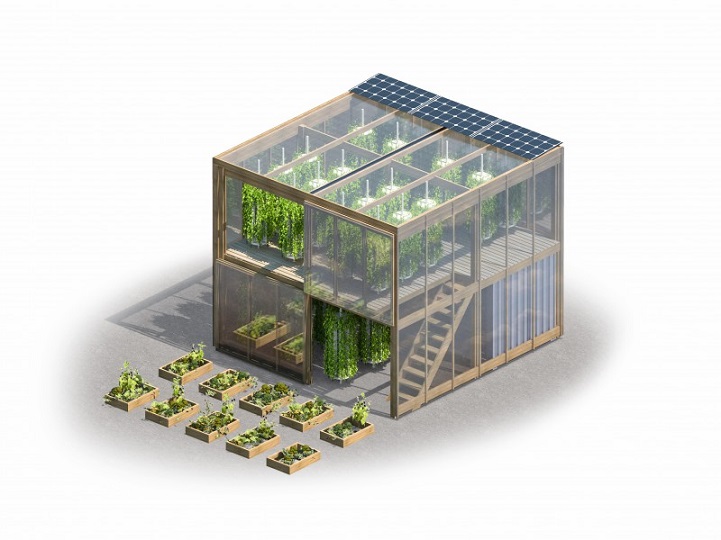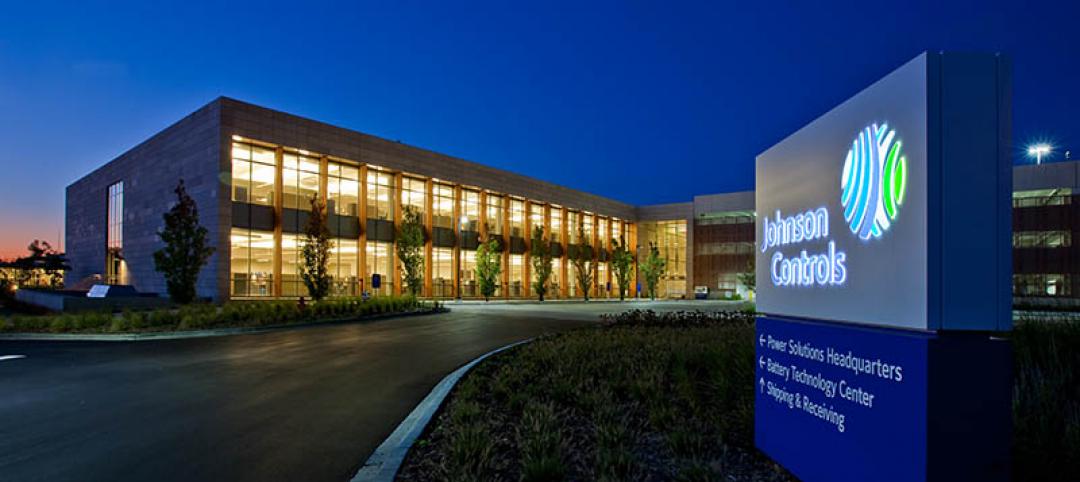Human Habitat, a Copenhagen-based urban design lab, thinks it has solved one of the problems nagging urban food production—limited space—with its Impact Farm, an easy-to-transport and -assemble hydroponic grown garden that’s designed to help rescue urban communities from their fresh-produce scarcities.
“We wanted to make urban farming even smarter,” Ronnie Markussen, one of Human Habitat’s founders, told Collectively.org, a website that reports on new ideas for the urban environment. The goal, he went on, is to increase food security in cities, lower the ecological footprint of food production, create jobs, and easily adapt to changes in the urban landscape.
“We wanted to reconnect people to food by giving them a green space that brings nature back into our cities,” said Human Habitat’s cofounder Mikkel Kjaer.
All of the construction components for Impact Farm, along with an instruction booklet, are stored and shipped in a flatpack container. When unpacked, the container includes an assembly kit of pre-made materials that become a two-story vertical, soil-free, hydroponic farm that covers 538 sf.
Construction takes about 10 days. And the structure can just as easily be disassembled and moved to another location. “The foundation of our design is C2C [cradle-to-cradle] and the circular economy,” the company states. “We use materials that are either re-used or designed to circulate within the production circle.” The whole structure is designed to be self-sufficient in terms of water, heat and electricity by harvesting sun and wind, and collecting rainwater. Future farms may adopt aquaponics.
Impact Farm is designed to create an economically sustainable business model that ensures resource-efficient local food production, green jobs, and increased local economic activity. The facility can grow greens, vegetables, herbs, and fruiting plants within its frame.

Currently, a prototype is being tested in Copenhagen’s Norrebro neighborhood, and Human Habitat’s Kjaer and Markussen intend to offer their product for sale to large cities in the United States and other parts of the world.
Circulate News and Collectively.org report that the innovators envision a number of different buyers of the farm, including housing co-ops, restaurants, schools, and municipalities.
Kjaer and Markussen estimate that the Impact Farm—which is meant to be a temporary structure—could produce 3-6 tons of food per year commercially, depending on crop combinations. The founders told Collectively.org that a larger, community-driven project—such as one seeking to produce vegetables, leafy greens and fruit for distribution to schools, kindergartens and nursing homes—could expect to produce up to just over 6 tons per year.
Initial retail costs are still being estimated.
Related Stories
| Oct 12, 2011
FMI’s Construction Outlook: Third Quarter 2011 Report
Construction Market Forecast: The general economy is seeing mixed signs.
| Oct 11, 2011
Pink light bulbs donated to Society of Memorial Sloan-Kettering Cancer Center
For every Bulbrite Pink Light Bulb that is purchased through the Cancer Center Thrift Shop, 100% of the proceeds will be donated to help support breast cancer research, education, screening, and treatment.
| Oct 7, 2011
GREENBUILD 2011: Demand response partnership program announced at Greenbuild 2011
Program will use USGBC’s newly revised LEED Demand Response credit as an implementation guideline and leverage its relationships with the building community to foster adoption and participation in existing utility and solution provider demand response offerings.
| Oct 7, 2011
GREENBUILD 2011: Otis Elevator announces new contracts for sustainable building projects
Wins reinforce Otis’ position as leader in energy-efficient products.
| Oct 7, 2011
GREENBUILD 2011: UL Environment releases industry-wide sustainability requirements for doors
ASSA ABLOY Trio-E door is the first to be certified to these sustainability requirements.
| Oct 7, 2011
GREENBUILD 2011: Schools program receives grant to track student conservation results
To track results, schools will use the newly developed Sustainability Dashboard, a unique web-based service that makes tracking sustainability initiatives affordable and easy.
| Oct 6, 2011
GREENBUILD 2011: Growing green building market supports 661,000 green jobs in the U.S.
Green jobs are already an important part of the construction labor workforce, and signs are that they will become industry standard.
| Oct 6, 2011
GREENBUILD 2011: Dow Corning features new silicone weather barrier sealant
Modular Design Architecture >Dow Corning 758 sealant used in GreenZone modular high-performance medical facility.
| Oct 6, 2011
GREENBUILD 2011: NEXT Living EcoSuite showcased
Tridel teams up with Cisco and Control4 to unveil the future of green condo living in Canada.
| Oct 5, 2011
GREENBUILD 2011: Johnson Controls announces Panoptix, a new approach to building efficiency
Panoptix combines latest technology, new business model and industry-leading expertise to make building efficiency easier and more accessible to a broader market.

















